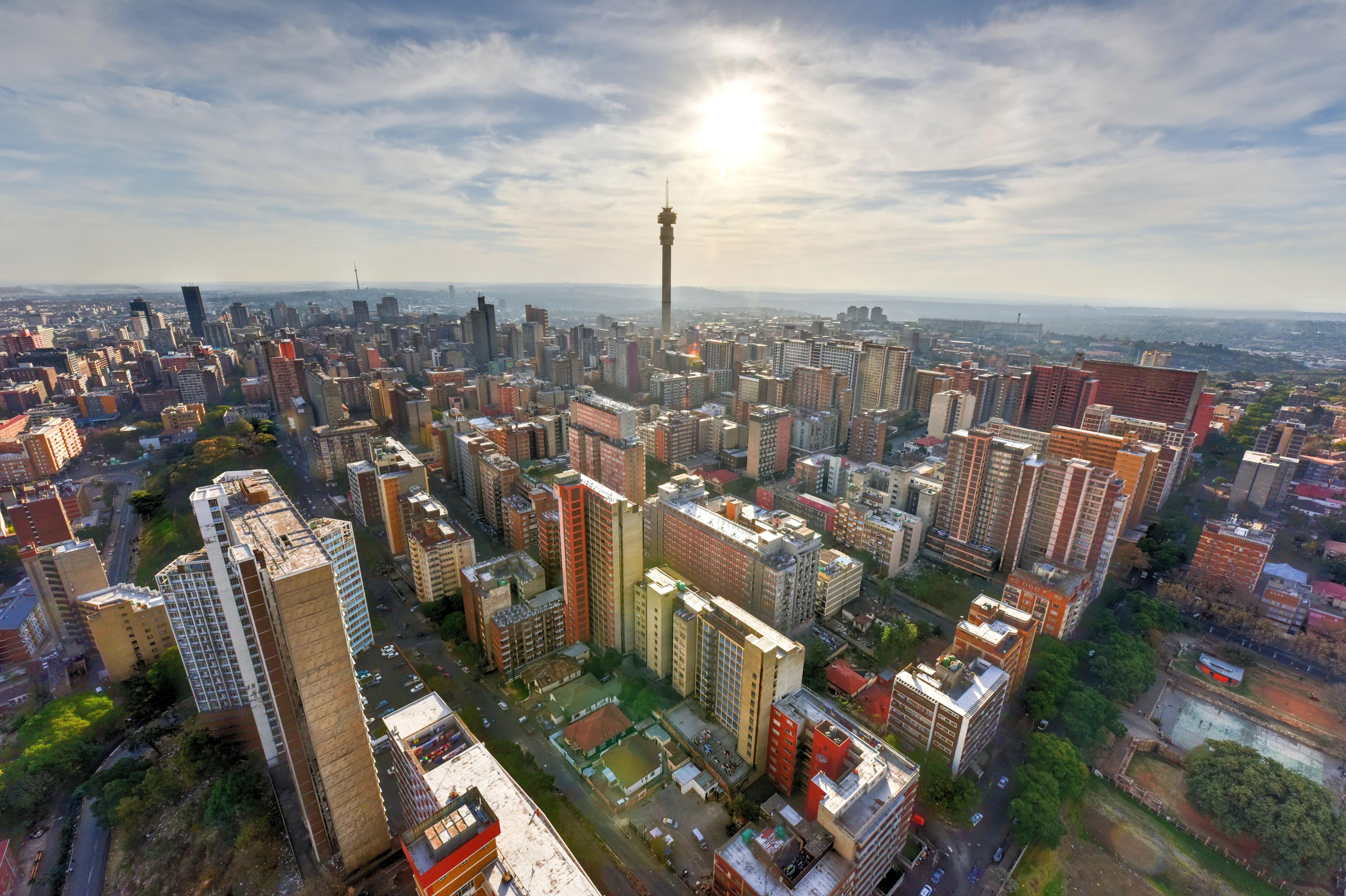South Africa remains embroiled in a serious energy crisis that continues to be a blight on citizens’ lives and a drag on economic growth. The country’s state-owned power utility firm, Eskom Holdings, is responsible for producing more than 90% of the nation’s electricity.
Because its plants have not been properly invested in or maintained, much of the old machinery has fallen into disrepair, and Eskom has been unable to meet demand. As a result, the government has been forced to impose blackouts to avert a wider collapse of the national grid, with Bloomberg calculations showing that on average South Africans were cut off from electricity for about half of the third quarter of 2022.
This “load shedding” has inevitably had serious economic impacts, with the World Bank estimating that South Africa lost out on $24bn worth of growth in 2022 because of the power cuts. Unemployment has soared to around 33% and government welfare payments have rocketed, not least due to the coronavirus pandemic, with the number of grant recipients growing sixfold since 1998. Volatility in energy markets, prompted both by South Africa’s domestic troubles and global factors stemming from the war in Ukraine, helped to send inflation to levels last seen in the 1970s – peaking at 7.8% in July last year.
How will South Africa’s banks fare?
South Africa is widely considered to be Africa’s most advanced country when it comes to the banking industry. In 2021, South African banks had by far the largest amount of tier one capital – defined as paid-up shares and common stock – on their books. But how are these banks likely to fare as the country grapples with the wider macroeconomic issues engulfing South Africa?
The country’s central bank, the South African Reserve Bank (SARB), warned in a recent review that load shedding could pose a threat to financial stability. SARB noted that “insufficient and unreliable electricity supply is likely to threaten the viability of some corporates, especially small and medium-sized enterprises (SMEs), for the foreseeable future, with losses potentially spilling over into the financial sector”.
SARB also argued that load shedding – perhaps because of the social and political tensions that it has fuelled – “negatively influenced investor sentiment”. Reduced business activity from SMEs, larger amounts of bankruptcies and non-performing loans, and diminished capital inflows would all point to a trickier landscape for South African banks to navigate.
Load shedding is also causing more direct problems for South Africa’s banks. For one, the frequent power cuts are making it more difficult for banks to ensure ATMs continue to function, raising the possibility that consumers will not necessarily be guaranteed access to their cash.
Itumeleng Mpatlanyana, the founding director of Pretoria-based fintech company gazaataDotCom, believes that this could accelerate the trend of “young investors not wanting to put their money away in a bank”. Mpatlanyana tells African Business that consumers “are not happy with the 6% per annum return that the South African banks are currently giving,” particularly in a time of elevated inflation. Operational difficulties, caused by energy shortages and load shedding, could further encourage consumers to seek alternative services.
Banks are keen to stress backups
Perhaps even more worryingly, SARB has raised concerns that critical banking infrastructure, including cellular network towers, is also under threat. Many major banks, such as Standard Bank, have been keen to emphasise that they have “comprehensive” backup power facilities in place to ensure minimum disruption.
But the threat of major turbulence in South African banking is likely to be a significant drag on the sector’s performance this year. At the very least, banks will have to dedicate increased resources to mitigating operational disturbance, diverting funds away from profitable core business functions.
Josh Taylor, a venture capitalist based in Cape Town, believes that the current banking climate could also undermine trust in South Africa’s banks – a trend he thinks has been growing for years. “There’s always been a lot of mistrust in the banks,” Taylor tells African Business. “This is really rooted in the fear of exploitation, given past abuses that have taken place, such as the inappropriate marketing of financial products.”
Given the rate of inflation and the cost of living squeeze that South Africans are suffering – almost 40% of South Africans are concerned about their credit card debt and over a quarter are worried about making upcoming payments – Taylor suggests that suspicion towards banks is growing. “Banking fees are notoriously high. There are a lot of informal transactions taking place, with most people below the poverty line preferring to use cash. There’s very much a lack of trust.”
The lack of trust in the banks that Taylor identifies is not likely to be helped by news that broke in mid-February, when it was revealed that the Financial Action Task Force (FATF) is considering placing South Africa on its “greylist” of countries with a poor record of stopping the flow of “dirty money.” This would be a major blow to the reputation of the South African banking system, effectively placing the country in the same category as traditionally higher-risk African counterparts such as Burkina Faso, Mali, Senegal, and Uganda – and perhaps jeopardising foreign capital inflows.
This potential move from the FATF would also increase compliance costs for banks, obliging them to undertake more stringent due diligence and anti-money laundering processes.
Interest rates to the rescue – for now
In terms of the macro picture, it is not all bad news for South Africa’s banks. In response to higher inflation, SARB has raised interest rates on eight consecutive occasions. Since the central bank’s cycle of monetary tightening began in November 2021, SARB has added a total of 375 basis points to the interest rate, which at time of writing stands at 7.25%. Within reason, higher interest rates benefit banks because, put simply, they are able to obtain higher yields on their loans, boosting revenue and profitability.
A recent report from Fitch Ratings outlined the resilience demonstrated by banks, in South Africa and across the continent, over the previous two years. The global credit agency also argued, however, that the picture is getting bleaker for the sector on the back of “weakened African sovereigns and significant contagion risks to banks”.
The risks for South Africa’s banks in 2023 are certainly manifold. Political instability is high, encouraging further market volatility and deterring foreign involvement in South African banking. GDP growth expectations have been revised down. High inflation, rising interest rates, and a depreciating South African rand are likely to make times tougher for South African consumers and businesses – dampening economic activity and demand for financial services.
South Africa’s banks will need to prove their resilience once more.
Want to continue reading? Subscribe today.
You've read all your free articles for this month! Subscribe now to enjoy full access to our content.
Digital Monthly
£8.00 / month
Receive full unlimited access to our articles, opinions, podcasts and more.
Digital Yearly
£70.00 / year
Our best value offer - save £26 and gain access to all of our digital content for an entire year!

 Sign in with Google
Sign in with Google 



